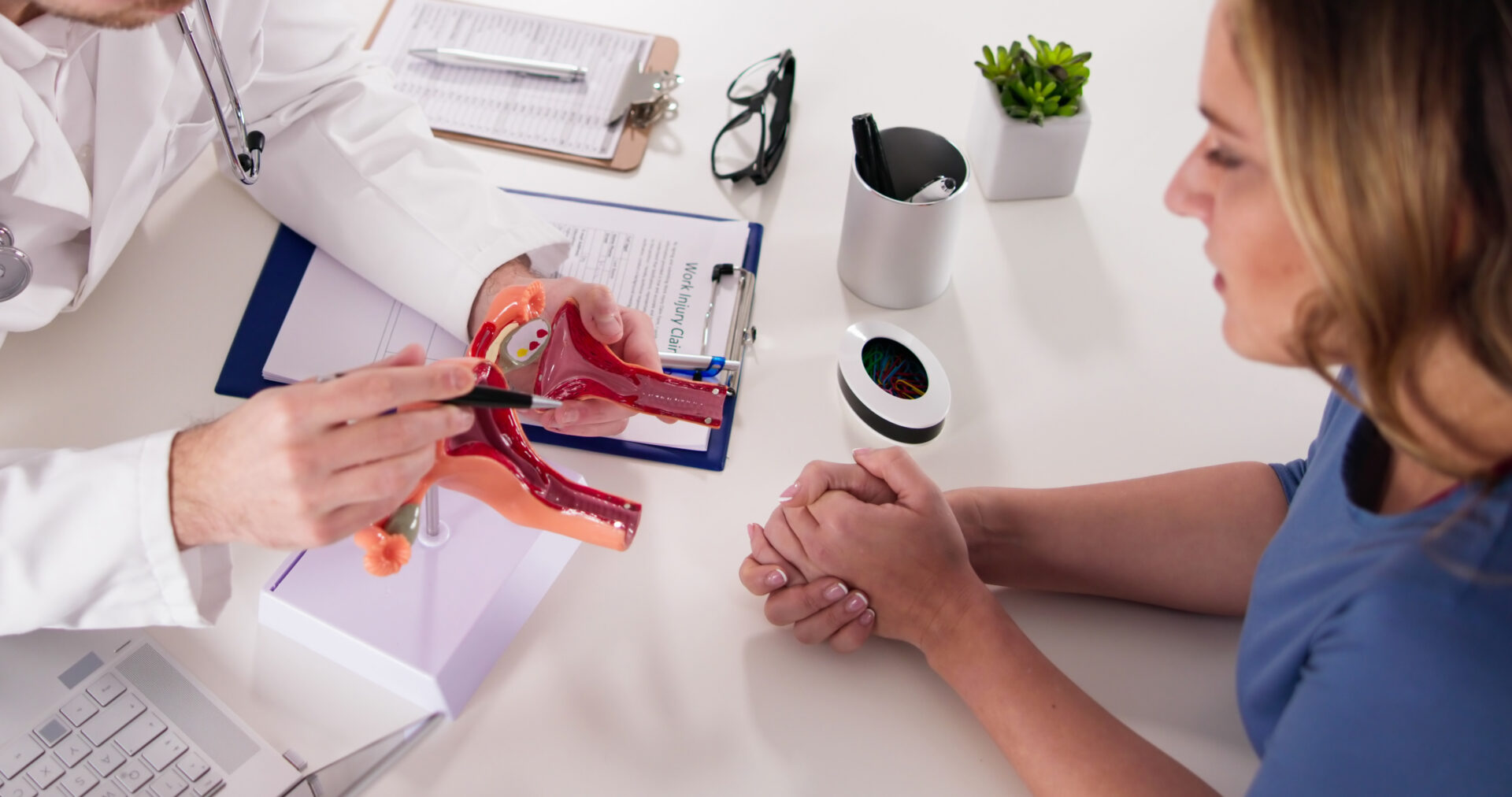Uterine Fibroids: Scary Diagnosis or Manageable Condition?

Hearing the words “uterine fibroids” can feel overwhelming, leaving many women anxious about their health and future. Uterine fibroids are noncancerous growths of the uterus that often develop during childbearing years. While the diagnosis may sound intimidating, fibroids are a common condition, affecting up to 70–80% of women by age 50. Most are harmless, and many women don’t even realize they have them. But for others, fibroids can cause significant symptoms like heavy menstrual bleeding, pelvic pain, or pressure on the bladder and bowel.
The good news is that fibroids are highly manageable and treatable, especially with today’s advancements in minimally invasive treatments. One leading option is Uterine Fibroid Embolization (UFE)—a non-surgical procedure that effectively shrinks fibroids while preserving the uterus. UFE offers an alternative to major surgery, making it an empowering choice for women who want relief without a lengthy recovery.
Understanding the nature of fibroids, their symptoms, and especially treatment options like UFE can help you feel informed and in control of your health.
What Are Uterine Fibroids?
Uterine fibroids, or leiomyomas, are benign tumors that grow within the uterine wall or on its surface. They vary in size, from tiny nodules to large masses that distort the shape of the uterus. While noncancerous, their location and size can significantly impact symptoms and influence treatment options.
Common Symptoms to Watch For
Many fibroids cause no symptoms at all. However, when they do, common signs include:
● Heavy or prolonged periods
● Pelvic pressure or bloating
● Frequent urination
● Constipation
● Pain during intercourse
● Fatigue due to anemia from heavy bleeding
If you’re experiencing these symptoms, it’s worth exploring treatment options that can offer meaningful relief—without the need for invasive surgery.
Risk Factors and Causes
While the exact cause of fibroids isn’t fully understood, several factors are thought to contribute, including:
● Hormonal changes (especially estrogen and progesterone)
● Family history
● Obesity
● Early onset of menstruation
● Ethnicity (African American women are more likely to develop fibroids and may experience more severe symptoms)
Diagnosis and Monitoring
Fibroids are often discovered during routine pelvic exams or prenatal ultrasounds. Imaging tests such as MRI or ultrasound are used to confirm their size and location.
For small, symptom-free fibroids, active monitoring may be all that’s necessary, especially since many fibroids shrink after menopause. However, when symptoms begin to impact quality of life, it’s time to consider treatment—with UFE being a leading option for many women.
Treatment Options – Why UFE Is a Game-Changer
Historically, fibroids were often treated with surgery—either through myomectomy (removing fibroids) or hysterectomy (removing the uterus). While still used in some cases, these surgical options involve longer recovery times and greater risk.
Today, women have more choices.
Uterine Fibroid Embolization (UFE) is a minimally invasive outpatient procedure performed by an interventional radiologist. It works by blocking the blood supply to the fibroids, causing them to shrink over time. UFE has proven highly effective in relieving symptoms like heavy bleeding and pelvic pain—without the need for surgery or hospital stays.
Why UFE Stands Out:
● No incisions or general anesthesia
● Preserves the uterus
● Shorter recovery time (typically 1 week)
● High success rate for symptom relief
● Lower risk of complications compared to surgery
While medications or other non-invasive treatments like focused ultrasound may play a role for some, UFE strikes a unique balance—delivering real results with minimal disruption to your life.
Living Well with Fibroids
Managing fibroids doesn’t always require drastic intervention. Many women find relief through a combination of minimally invasive treatments like UFE and lifestyle changes.
Simple steps such as eating a balanced diet, exercising regularly, reducing stress, and scheduling routine checkups can all support uterine health. Most importantly, knowing that effective, non-surgical options like UFE exist can empower you to take action when symptoms arise.
Take Control of Your Health with UFE
A fibroid diagnosis doesn’t have to be frightening or life-altering. Thanks to medical advancements like Uterine Fibroid Embolization, there’s no need to settle for invasive surgery or suffer through life-disrupting symptoms.
If you’re looking for expert guidance and compassionate care, The Fibroid Center at Image Guided Surgery specializes in UFE in Clinton, MD, providing women with a safe and effective path to relief. Dr. Gaugau and his experienced team is here to help you make informed choices based on your unique needs and goals.
Ready to feel better without surgery? Call us today at 484-FIBROID or schedule a consultation online to learn more about whether UFE is right for you.


